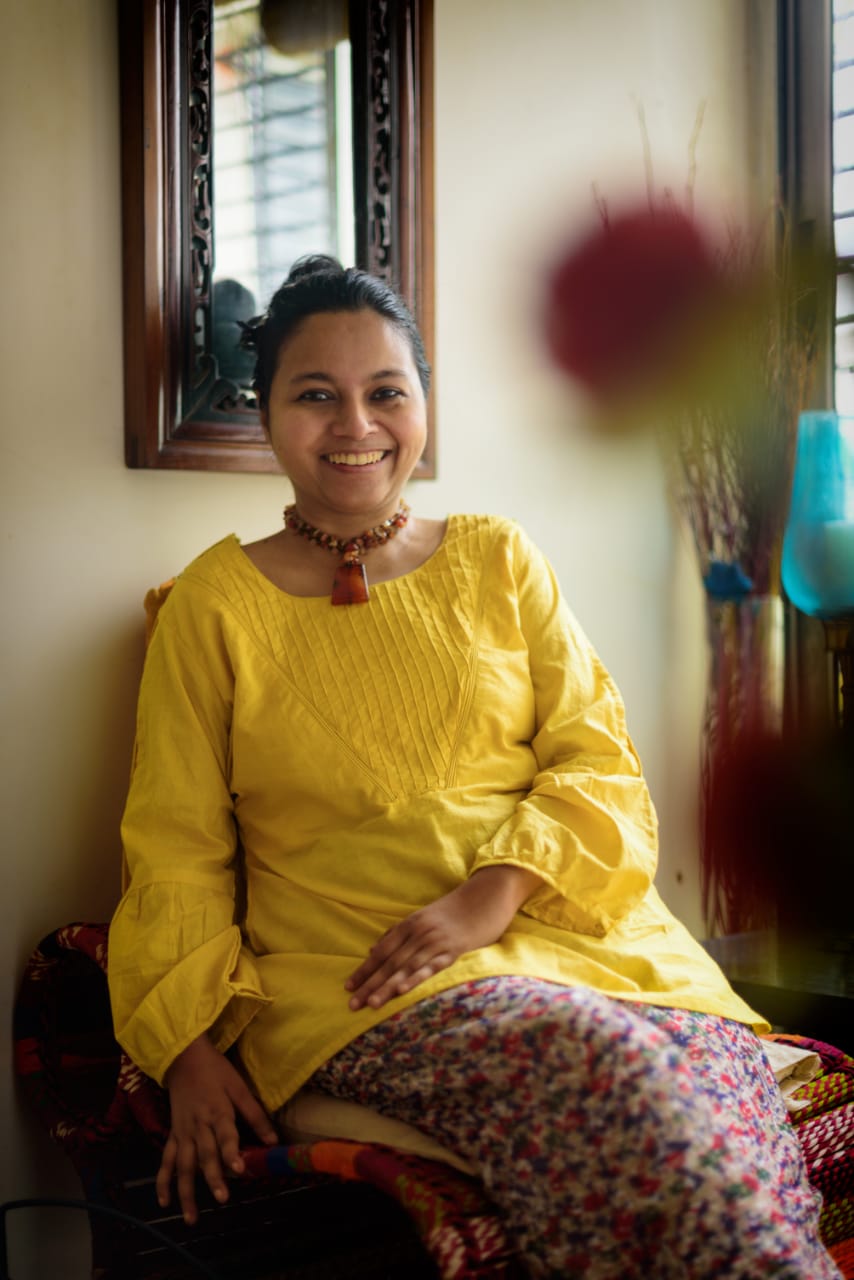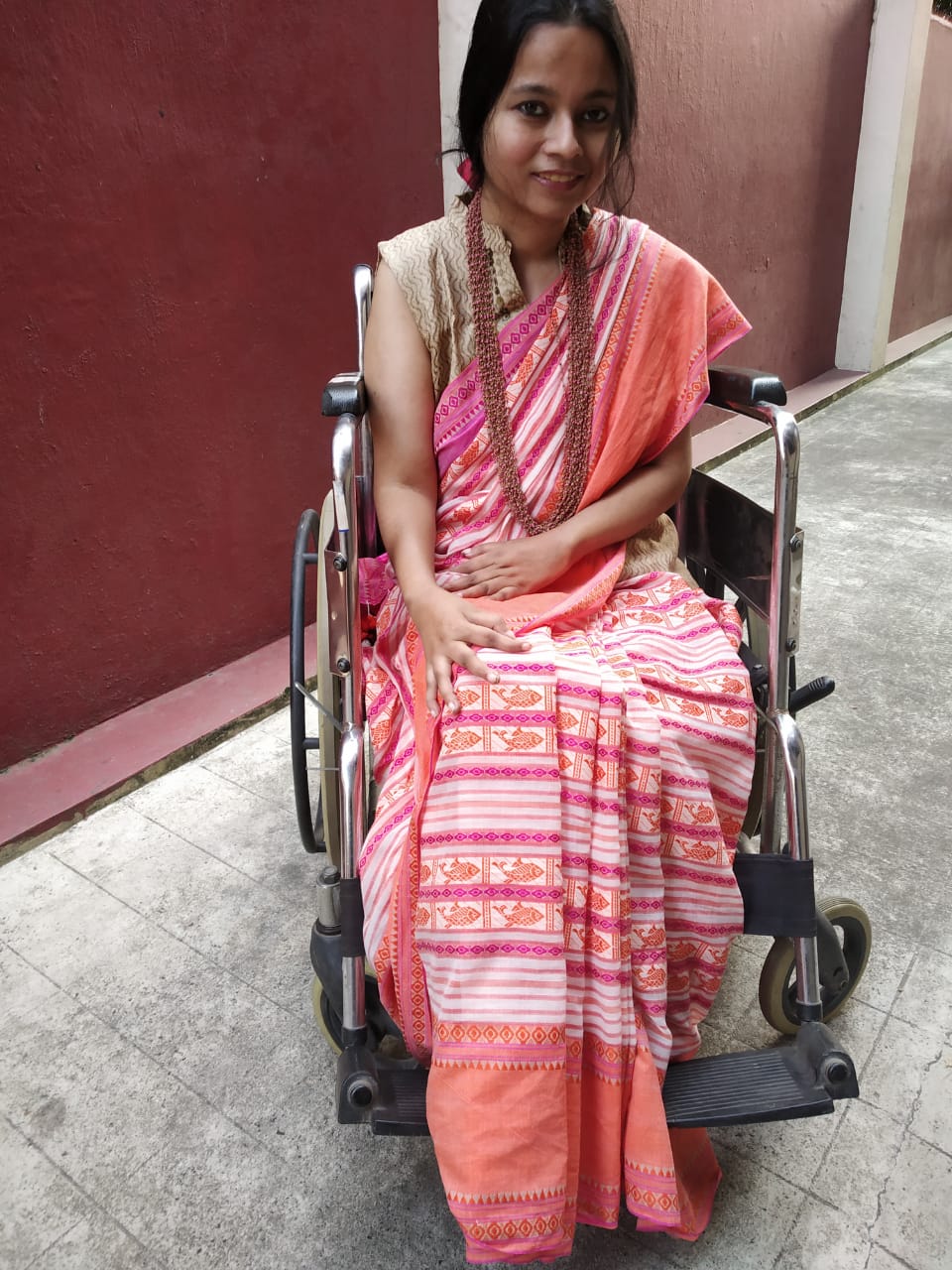Message from Soumita Basu , the founder of *Zyenika* – House of Inclusive Fashion
*Difficulty in Dressing up?*
Due to
~ Frozen Shoulders
~ Arthritis
~ Cerebral Palsy
~ Chronic Fatigue
~ Muscular Dystrophy
~ Chronic Pain
~ Fibromyalgia
~ old age
~ (others)
I am Soumita Basu, the founder of *Zyenika* – _house of inclusive fashion_. We design clothes adapted to people’s physical challenges. My own lived experience with disabilities and failing to find clothes that I could fit into in the market is what made me start Zyenika.
I’m building a solution to help ease your challenges of dressing up and for this, I need _your_ help! I invite you to participate in my efforts to clothing design solution to empower us all to dress *comfortably, easily, independently, and fashionably*.
If you have any difficulty in dressing up, please fill in this form (https://forms.gle/Gr1kXNcLDdAq9585A) or connect on soumita@zyenika.com / 7890019085 (whatsapp) and help us with the research.
Please help spread the word.
About the founder Soumita Basu, the founder of *Zyenika*
Credits – Soumita Basu – as covered by Readers Digest
Inclusive, Thoughtful Fashion Is Possible, Only You Must Care
Challenged by physical pain, and without any ready solutions, the author took to designing adaptive clothing
SOUMITA BASUUpdated: Jun 29, 2020 17:54:44 IST
Photos courtesy: Diganta Gogoi
Motivational quotes flying around social media tell you to “Dress up and show up!”, “Dress the part”, or “Dress for success”. What happens when you can’t dress up? What if you simply cannot get into anything that’s available in the market?
When an autoimmune disorder struck me down, dressing up was the first thing I needed help with. I cringed in pain at the slightest movements. I started losing my mobility and progressively it spread through my body. Even at an early stage of the problem, I needed help. I was forced to invite others in my most private moments of the day. Every morning, I had to be mentally prepared for excruciating pain as my caregiver struggled to get me into the oversized clothes. Then, we struggled all day to keep the outfit on. Frustration rose when with the struggle, and my dignity compromised, I could not get into most outfits.
Winters were the worst. The autoimmune condition demanded that I kept warm, lest the pain aggravates. The market decided, I am not worth catering to. No chic warm clothes for me. My mother would wrap me in a shawl to keep me warm. Even in peak summer, she would wrap me in a stole every time we stepped out, to ensure my dignity is not compromised. But my dignity received a body blow anyway—I was made to feel I don’t “fit in”.
I scoured the internet, with the belief that in a country of 180 million people suffering from arthritis and every other person suffering from a frozen shoulder, an adaptive solution must exist somewhere. Only one designer offered a wide range of customized clothes for people with disabilities, there was another premium brand, with a very limited choice. It wasn’t easy to order. There was nothing ready to buy off the shelf.
My wardrobe discouraged me from meeting people or even getting on a video call. Missing my cousin’s wedding became the turning point: I refused to be locked in anymore. And I refused to dress in pain every single day.
Desperate for a solution, I started with what I had: styled my skirt as a dress, propped the stoles as sleeves. As I rolled out in my wheelchair, I felt a rush of confidence I had not felt in a long time. I designed a few more easy-to-wear outfits for myself. I was ecstatic. If this was affecting me, a fairly carefree dresser, so much, how did those who really cared feel?
Fashion is not about the clothes. It’s about you. How we dress sends a strong message about who we are. It’s also about feeling good. When one is battling pain every day, it’s easy to slip into sadness. Yet, dopamine dressing (a common prescription where you dress well to feel good), is not even an option for some of us because dressing up itself is traumatic.
It’s important to have that space where one is not told to ‘adjust’. Having been in a corner for a while, I wanted to break out and create such a space. I decided to do it through my own ready-made, inclusive clothing line that designs beautiful, easy-to-wear clothes, which can be worn painlessly, quickly and independently. I ensured they were not a design challenge. Human ingenuity had turned cotton balls into fabric over 5,000 years ago. We have walked on the moon, revolved around Mars, sent instant messages across the globe, genetically modified food, and yet, many people asked me, “is it possible to design that way?”
Yes, it is. It’s always possible to be thoughtful. That’s all it takes for good design.


